当前位置:
X-MOL 学术
›
Dalton Trans.
›
论文详情
Our official English website, www.x-mol.net, welcomes your
feedback! (Note: you will need to create a separate account there.)
The synthesis of W–Ni3S2/NiS nanosheets with heterostructure as a high-efficiency catalyst for urea oxidation
Dalton Transactions ( IF 3.5 ) Pub Date : 2023-06-06 , DOI: 10.1039/d3dt01162c Han Zhao 1 , Min Liu 1 , Xiaoqiang Du 1 , Xiaoshuang Zhang 2
Dalton Transactions ( IF 3.5 ) Pub Date : 2023-06-06 , DOI: 10.1039/d3dt01162c Han Zhao 1 , Min Liu 1 , Xiaoqiang Du 1 , Xiaoshuang Zhang 2
Affiliation
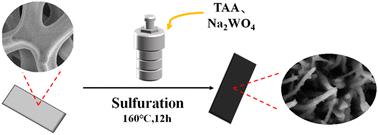
|
The development of efficient and stable non-precious-metal-based electrocatalysts is essential for practical water splitting applications. The electrolysis of water for hydrogen production is a green and efficient method, while urea electrolysis can improve energy conversion efficiency. In this paper, W–Ni3S2/NiS catalysts with heterogeneous structures were synthesized via a one-step hydrothermal method using a W-doping-induced phase transition strategy. The doping of W modulates the morphology of the catalyst, which can form uniform nanorod arrays and improve the activity of the electrocatalyst. In an alkaline solution of 1 M KOH and 0.5 M urea, W–Ni3S2/NiS requires a potential of only 1.309 V to achieve a current density of 10 mA cm−2. An electrolyzer containing urea with W–Ni3S2/NiS as both the cathode and anode can drive a current density of 10 mA cm−2 with a potential of only 1.569 V and has relatively good stability after testing for 20 h. Experimental results show that the improvement in the catalytic activity is due to the rapid charge transfer, exposure of more active sites and better conductivity. Density functional theory calculations show that the W–Ni3S2 material exhibits higher urea adsorption energy, indicating that urea is preferentially adsorbed on its surface. The NiS material shows more state density near the Fermi level, indicating that the introduction of this material enhances the conductivity of the W–Ni3S2/NiS material. The synergistic catalysis of the two materials promoted the improvement of the catalytic activity. This work provides new ideas for the development of highly efficient and stable catalysts by means of doping and interface construction.
中文翻译:

异质结构W-Ni3S2/NiS纳米片的合成作为高效尿素氧化催化剂
开发高效稳定的非贵金属基电催化剂对于实际水分解应用至关重要。电解水制氢是一种绿色高效的方法,而尿素电解可以提高能量转换效率。本文采用W掺杂诱导相变策略,通过一步水热法合成了具有异质结构的W-Ni 3 S 2 /NiS催化剂。W的掺杂调节催化剂的形貌,可以形成均匀的纳米棒阵列,提高电催化剂的活性。在 1 M KOH 和 0.5 M 尿素的碱性溶液中,W–Ni 3 S 2/NiS仅需要1.309V的电势即可实现10mA cm -2的电流密度。以W-Ni 3 S 2 /NiS为阴极和阳极的尿素电解槽可以驱动10 mA cm -2的电流密度,电位仅为1.569 V,并且在测试20 h后具有较好的稳定性。实验结果表明,催化活性的提高归因于快速的电荷转移、更多的活性位点暴露和更好的导电性。密度泛函理论计算表明W-Ni 3 S 2材料表现出较高的尿素吸附能,表明尿素优先吸附在其表面。NiS材料在费米能级附近表现出更高的态密度,表明该材料的引入增强了W-Ni 3 S 2 /NiS材料的电导率。两种材料的协同催化促进了催化活性的提高。该工作为通过掺杂和界面构建开发高效稳定的催化剂提供了新思路。
更新日期:2023-06-06
中文翻译:

异质结构W-Ni3S2/NiS纳米片的合成作为高效尿素氧化催化剂
开发高效稳定的非贵金属基电催化剂对于实际水分解应用至关重要。电解水制氢是一种绿色高效的方法,而尿素电解可以提高能量转换效率。本文采用W掺杂诱导相变策略,通过一步水热法合成了具有异质结构的W-Ni 3 S 2 /NiS催化剂。W的掺杂调节催化剂的形貌,可以形成均匀的纳米棒阵列,提高电催化剂的活性。在 1 M KOH 和 0.5 M 尿素的碱性溶液中,W–Ni 3 S 2/NiS仅需要1.309V的电势即可实现10mA cm -2的电流密度。以W-Ni 3 S 2 /NiS为阴极和阳极的尿素电解槽可以驱动10 mA cm -2的电流密度,电位仅为1.569 V,并且在测试20 h后具有较好的稳定性。实验结果表明,催化活性的提高归因于快速的电荷转移、更多的活性位点暴露和更好的导电性。密度泛函理论计算表明W-Ni 3 S 2材料表现出较高的尿素吸附能,表明尿素优先吸附在其表面。NiS材料在费米能级附近表现出更高的态密度,表明该材料的引入增强了W-Ni 3 S 2 /NiS材料的电导率。两种材料的协同催化促进了催化活性的提高。该工作为通过掺杂和界面构建开发高效稳定的催化剂提供了新思路。

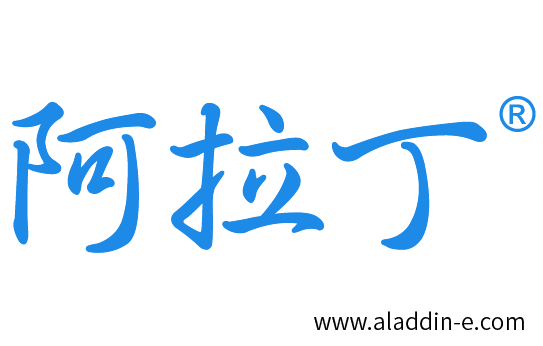
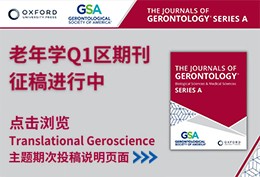
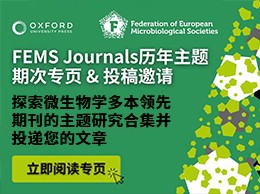
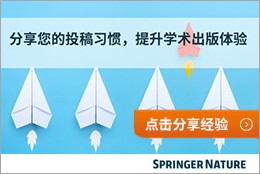




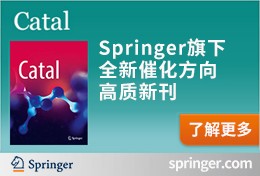
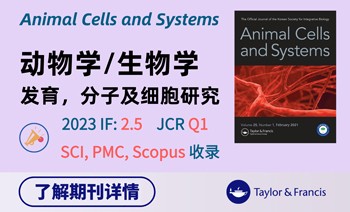










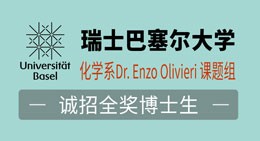
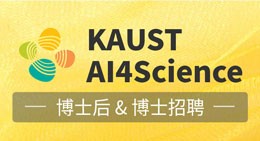
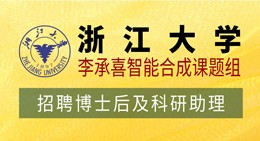









 京公网安备 11010802027423号
京公网安备 11010802027423号